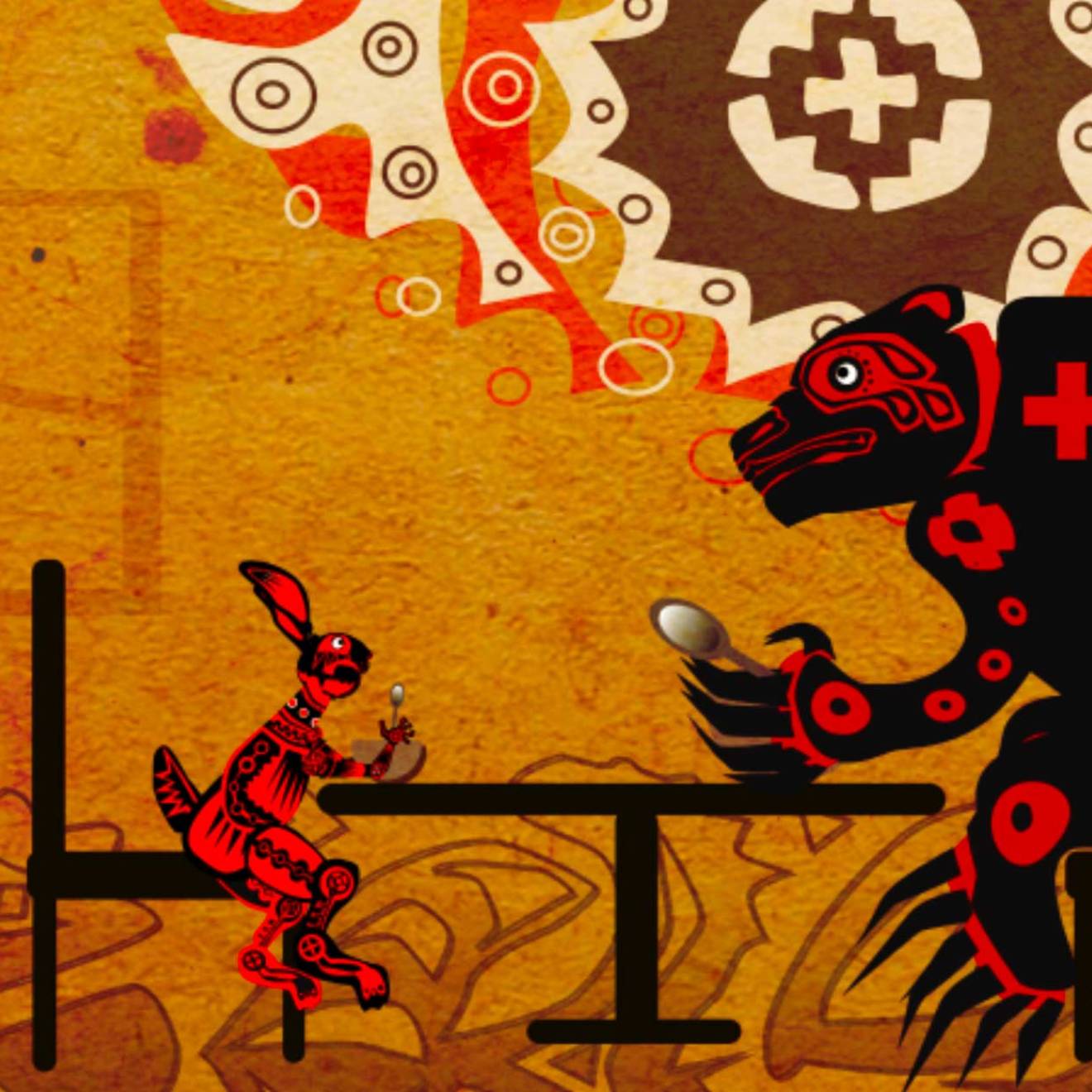Shelly Leachman, UC Santa Barbara

What makes a book a book? Is it defined by its shape and structure, or by its content? By the way it looks or the knowledge it conveys?
In the case of artists’ books it is all those things. And none of them. Technique, appearance, substance, style — they’re all up for grabs in the genre that is to a large degree defined by its very lack of exact definition.
Take “Orihon,” an artists’ book recently acquired by UC Santa Barbara. The work of Chicago-based Tom Burtonwood, it’s a three-dimensional, accordion-fold volume that is a tactile, visual assemblage of textures and reliefs printed into thick plastic. Pins and modular hinges — prototyped by the artist himself — are what hold its pages in place.
Key to the particular eclecticism of the piece: Burtonwood made it using a 3-D printer — deriving its subject matter from 3-D scans of artifacts found at The Art Institute of Chicago and The Metropolitan Museum of Art in New York. And he released it as an open-source project, making his files available for free download to those who may be interested in printing their own versions of the work.
“A book, to me, is something which is shared, lent, borrowed — and the most obvious way to do that seemed to be to put the files online,” Burtonwood said of what was his first foray into artists’ books (he is currently working on a second and third). “I love that it questions the idea of something being unique, as to having the status of ‘art.’ I think this is what a lot of artists who work with the medium of the book do — they locate something very different within the pages of their books and use the book as a platform or channel to distribute those ideas.”
Now and through September, “Orihon” is on display at UC Santa Barbara's Arts Library. It is among the latest additions to the university's wide-ranging and extensive collection of artists’ books, which features everything from single-edition fine press volumes to multi-copy, single-page leaflets. From renowned book artist Edward Ruscha’s iconic “Every Building on the Sunset Strip” to “Twister,” Douglas Beube’s phonebook-as-funnel-cloud take on disaster, the pieces are all alike in one key way: The book is a construct for advancing an artistic concept.
“For many book artists, including our own students, what anchors their work is the notion of the book as a symbolic object, as a container of history, of narrative and of memory — the book as a structural form for holding content,” said Linda Ekstrom, an accomplished book artists and lecturer at UC Santa Barbara's College of Creative Studies, which is home to one of the nation’s few undergraduate programs in book arts. “The book operates as an anchor. Artists’ books are really art objects, works of art, as opposed to desktop publishing or limited edition publishing. Artists are thinking of these books as an art form, a means of expression.”
Which is precisely what Tom Burtonwood had in mind when he created “Orihon,” a unique means of examining history through art — with a modern twist. The idea behind his 3-D piece was to “make an art history book where we could see the sculptures in the round, and that we could touch and have a visceral experience with.”
“That’s what books do,” Burtonwood said. “Inside them we locate culture and knowledge. They are time machines in a very real sense … they are windows into the past and ways to think about the future. I love that my book ‘Orihon’ is a way to transmit objects as well as ideas. I find that very exciting.”

